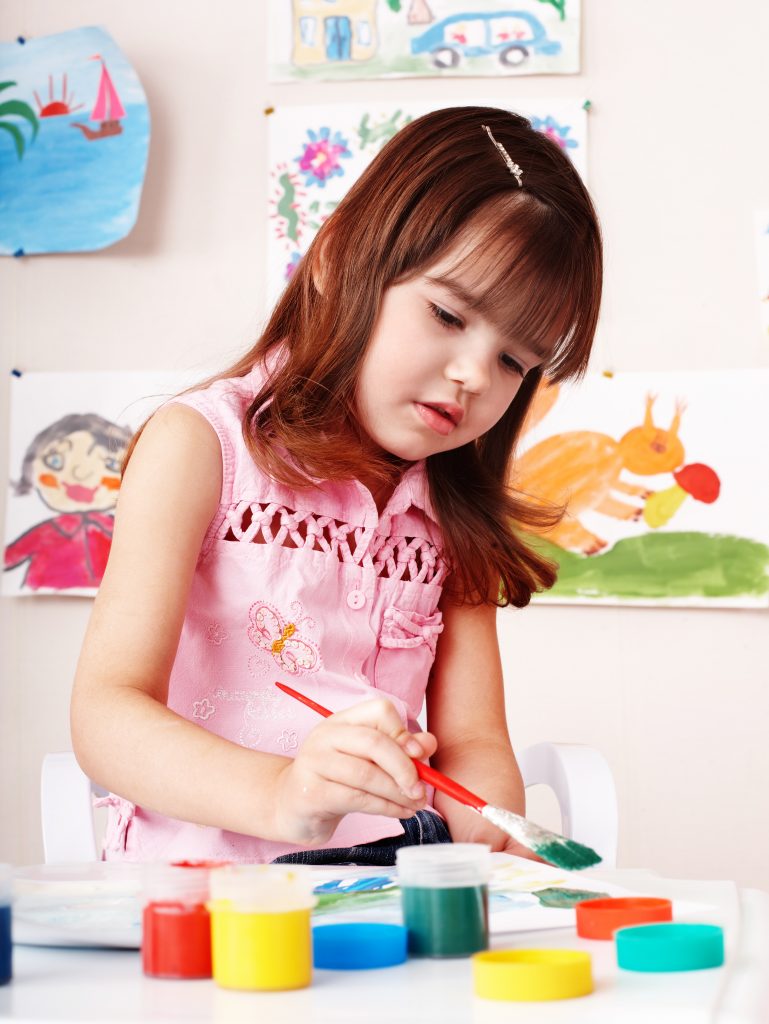- Close



Webster’s defines safari as “the caravan and equipment of a hunting expedition especially in Eastern Africa.”
But it is also defined as a “journey or expedition.”
For the purposes of family fun, we will go with definition number two.
However, there are a few added elements to a family safari. You must have:
-
A direction
-
A camera
-
A beverage of choice for each participant
-
An attitude of discovery and adventure
Get ready for a family fun adventure!
A safari doesn’t have to cost thousands of dollars and start with malaria shots and updated passports. You have a safari just outside your front door.
In our family, we have a special definition of “safari,” and if your family chooses to adopt it, we promise you will have tons of fun and make some etched memories that will last a lifetime. Family fun can be hard to come by as kids get older and schedules take over the calendar. But the kind of safari we are talking about can be squeezed in between swim practice and a birthday party, or a trip to the dentist and a visit to the grandparents.
Want an excuse to connect with your kids of all ages? Grab your best hat and let’s go.
The safari starts in your driveway.
Load up all your people and whatever you need for a day (or several hours if that is what you have available). Make sure someone has a camera to capture the moments and surprises. If your children have phones or electronic devices, leave them at home. This may cause irritation at first, but once you get going, they will get over it. The point is to be together and in the moment, not perfecting the photos for an Instagram post.
First stop is your favorite watering hole (or drive through) to make sure everyone has a beverage. Choose a direction. This should not be cause for a family feud. You can simply elect one person, perhaps the youngest, to choose north, south, east, or west. For advanced safari-goers, you may also choose double directions like northwest or southeast. Then your trusted safari leader, AKA driver, finds the closest road headed in that direction, and you’re off.
There are two keys to a successful safari.
1st- Only the navigator is allowed to use an electronic device, and this should be done sparingly if at all. Once you have chosen a direction, it is ok to get lost or just continue heading in that direction until time to come home. Searching for directions home is totally allowed, and even encouraged if you have a set deadline to be back to civilization.
2nd- You must stop at every interesting opportunity, no matter how odd or simple it may seem. That strange store with the Godzilla statue out front, perfect photo opp. The restaurant with the parking lot full of pickup trucks, a must. The big field of cotton or soybeans or sunflowers you just want to grab a closer look at, yes. If there is one of those antique malls with stalls of fabulous junk, give each person a small amount of money and a time limit and see who can purchase the most interesting item.
This is a great chance to teach your children some fun ‘old school’ car games.
Fun games like license plate bingo, who has the most cows or horses on their side of the road, the ABC’s of the roadway, or other things you remember arguing with your siblings about from the backseat (with no seatbelt of course). Questions like, “What animal would you be and why?” or “If you could have any famous person to dinner, who would you invite and what would you serve?” can be fun ways to kick off interesting conversations. Here are some more from Parents.com you could even print to take with you.
In an age where it is harder and harder to carve out time to just be together as a family, a safari is an oasis for some family bonding and laughter1st-

How do you motivate your child to be creative?
When your children are still young, what are some things you can do to encourage them to enjoy childhood and utilize their creativity instead of turning to a device to provide all their entertainment?
First, naturally limit use of electronic devices to fill times of boredom.
A quick Google search of “the value of boredom” revealed:
- How Being Bored Out of Your Mind Makes You More Creative,
- The Surprising Benefits of Boredom, and
- The Scientific Benefits of Being Bored.
Why is it that we have lost the love of boredom? Where do good ideas come from? Being bored. Making sure that we don’t hand our child a device or allow them to flip on the television or computer every time they claim “I’m bored,” is a huge step toward helping them develop skills that allow them to seek alternatives to electronics.
Setting up stations or areas where your child can go when they are bored, can encourage creative play

A Dress-Up Station
Fill a bin with open-ended dress-up ideas. Old clothes from your closet, Grandma’s or Goodwill is a great start. Look for Halloween costumes on sale in the winter. Scarves, costume jewelry, and even large fabric remnants can inspire your little one to get into character and go on adventures. Accessories such as shoes and sunglasses also add a fun touch. Don’t forget a mirror so they can see how great they look. Dress-up can result in hours of pretending, dance events, and creative character play.
A Building Station
A tub with building supplies provides an opportunity for trial and error and figuring out the best way to create a project. Of course, Legos are great but so are other building materials. A visit to a construction site dumpster (with permission) or the local home improvement store can yield endless pieces for modular play. Various size pieces of PVC pipe and fittings, boards (remove any nails or splinters), and other building materials make for fort building paradise. Add a few sheets from a yard sale and your children may want to spend the night in their new creation.


An Arts & Crafts Station
Another storage tub could be dedicated to arts and crafts supplies. Stock up when school supplies are plentiful and add paints and paint brushes, fabric scraps and embroidery thread, glue and some construction paper, old magazines, and a couple of T-shirt’ for smocks. Your artistic child will be content for hours creating a masterpiece for your fridge.
As with any activity for young children, you will need to set parameters on where they can spread out their creative supplies and how they will need to clean them up and return them to the storage tub. Eventually they will be able to independently choose activities, rather than always going to a device for entertainment.
By offering this unstructured time, think of the opportunities you are providing for your child. They are practicing skills that use creativity, imagination, and innovation. So next time your youngster starts to whine, instead of handing over the iPad, reach for an activity tub to inspire them


